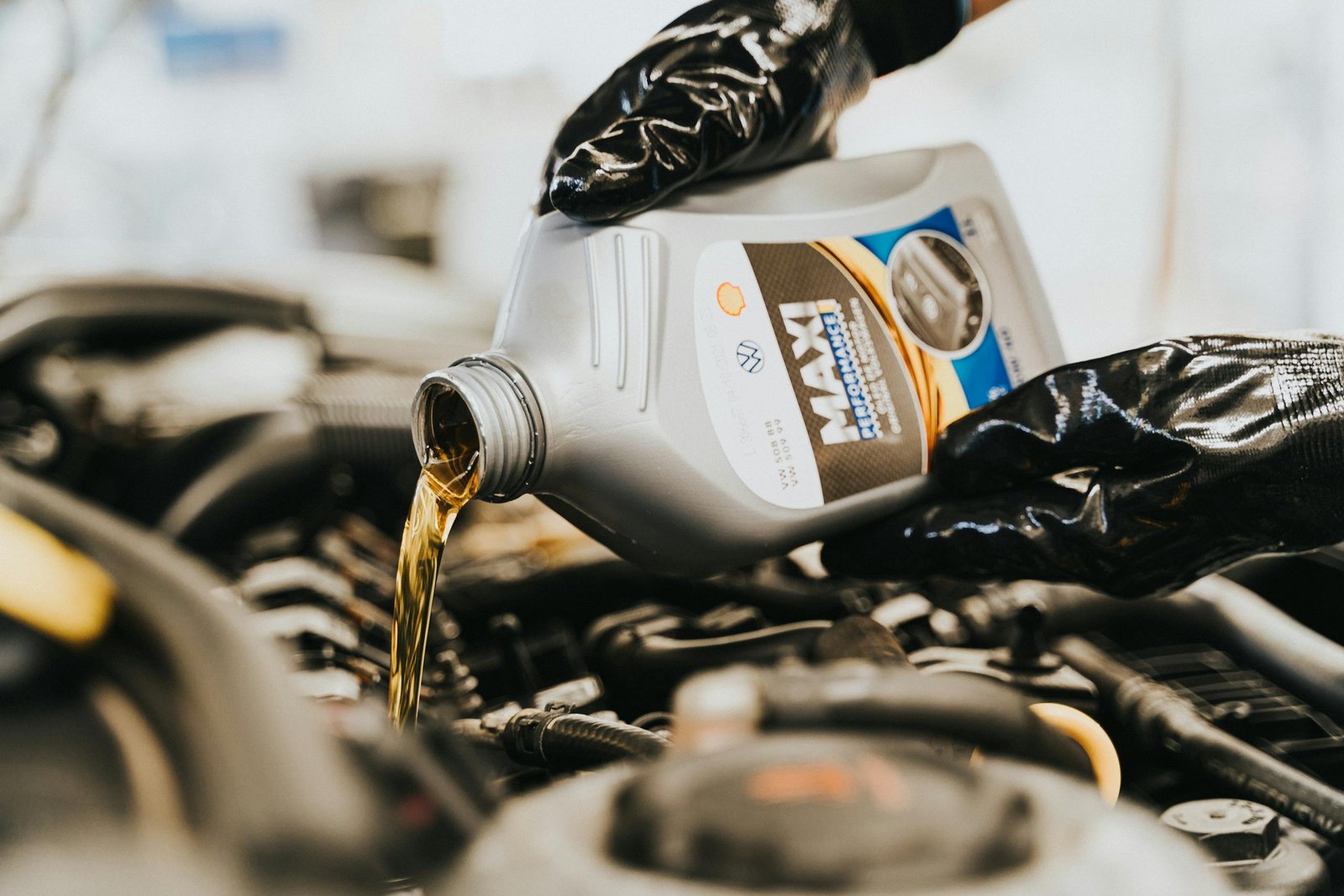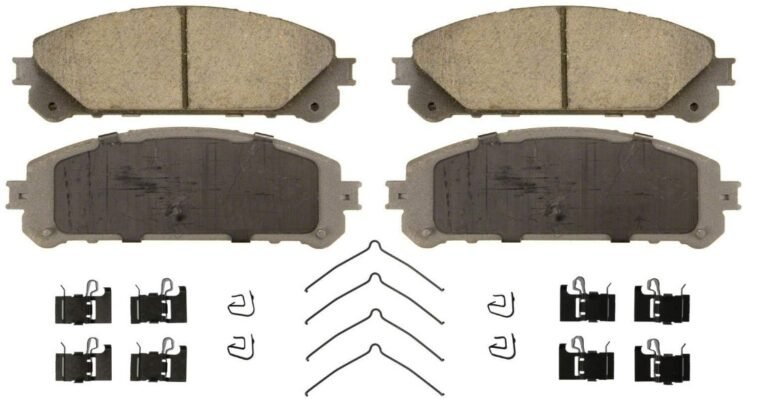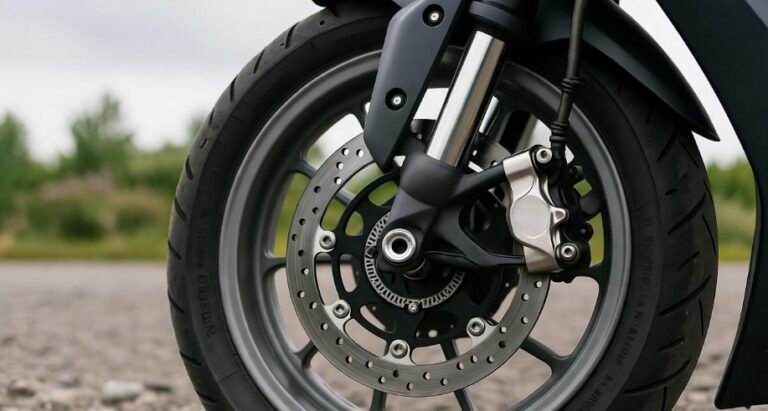What Happens If You Put Too Much Oil in Your Car?

We’ve all had those “Oops!” moments with our cars. Maybe you were in a rush, maybe you just wanted to be sure your engine had enough oil. But then it hits you—you might have poured a little too much. If you’ve ever wondered what happens if you put too much oil in your car, you’re not alone.
It sounds harmless at first, right? Oil is good for the engine, so more should be even better. But just like overwatering a plant or overfeeding your pet, too much of a good thing can cause more harm than good.
In this article, we’ll walk through:
- What oil really does in your engine
- Signs you’ve added too much oil
- What damage it can cause
- How to fix the problem (and how to avoid it again)
- Common myths and truths
- FAQs that real car owners like you ask
Let’s explore the messy truth about overfilling your engine oil.
What Oil Does in Your Engine: A Quick Refresher
Think of motor oil as the lifeblood of your car. Just like your heart pumps blood to keep your body running, your engine needs oil to reduce friction, clean out dirt, and keep temperatures in check.
Here’s how it works:
- Lubrication: Oil coats moving parts so they don’t grind against each other.
- Cooling: It pulls heat away from engine parts.
- Cleaning: It traps dirt and tiny metal bits, sending them to the oil filter.
- Sealing: Oil helps seal gaps between parts, especially around the pistons.
When your car has the right amount of oil, everything runs like a well-oiled machine (literally). But when there’s too much, things start to break down—fast.
Too Much Oil in the Engine: Why It Happens
Before you beat yourself up, know that it’s a common mistake. It can happen to anyone—even seasoned drivers.
Here are a few common causes:
- Overfilling during a DIY oil change
- Adding oil without checking the dipstick
- Assuming a car “burns” oil and topping up too soon
- Inaccurate oil level readings from a tilted surface
I once topped up my oil thinking it was low, only to realize later that my car was parked on a slope. The dipstick reading was off! Sound familiar?
What Happens If You Put Too Much Oil in Your Car?
Let’s get into the heart of the matter.
Putting too much oil in your car might seem minor, but it creates a chain reaction of mechanical issues that can seriously damage your engine.
Here’s What Can Go Wrong:
- Foaming and aeration: The crankshaft spins fast. If there’s too much oil, it can whip the oil into foam. And foamy oil doesn’t lubricate well. That’s like trying to swim in soap bubbles instead of water.
- Increased pressure: Too much oil builds pressure inside the engine. This can blow out seals and gaskets, leading to oil leaks and messy engine bays.
- Oil fouling spark plugs: If the excess oil reaches the combustion chamber, it can coat spark plugs, reducing their ability to spark. Result? Poor engine performance and rough idling.
- Catalytic converter damage: Burned oil residues can clog this key emission device, leading to costly repairs.
- Engine stalling or smoking: Your car might cough, stall, or emit blue or white smoke. Not only is it scary—it’s dangerous and bad for the environment.
What Too Much Oil Can Do to Your Car
| Symptom | What It Means | Risk Level | Fix Cost (Approx.) |
|---|---|---|---|
| Blue smoke from exhaust | Oil is burning inside combustion chamber | High | $300–$1200 |
| Oil leaks | Seals and gaskets blown | Medium | $100–$500 |
| Strange engine noise | Crankshaft slapping oil | High | $200–$1000+ |
| Engine misfiring or stalling | Spark plugs fouled with oil | Medium | $150–$400 |
| Check engine light | System sensing an oil or sensor issue | Medium | Varies |
Personal Experience: The Time I Overfilled My Honda Civic
Let me be real with you. A few years ago, I was changing the oil on my 2010 Honda Civic. Everything was going fine—until I got a little overconfident. I dumped the full 5-quart bottle in, not realizing my Civic only needed 3.7 quarts.
At first, the car ran okay. But within a day, it started stalling at traffic lights. The idle felt weird. Then came the blue smoke. My heart sank.
A mechanic friend popped the hood, shook his head, and pulled out the dipstick—it looked like I was trying to deep-fry my engine. Luckily, a quick oil drain and filter change saved me from bigger damage. But not before I spent $180 I could’ve saved if I had just checked the manual.
Lesson learned.
Warning Signs: How to Tell You’ve Put Too Much Oil
You won’t always know right away, but your car will start giving you hints. Here’s what to watch for:
- Blue or white smoke from the exhaust
- Oil puddles under your car
- Burning oil smell
- Check engine light flickering
- Rough idling or stalling
- Poor fuel economy
- Loud ticking or knocking sounds
If you spot these signs, don’t ignore them. Trust your gut. Your car’s trying to tell you something important.
What to Do If You Put Too Much Oil in Your Car
So, you’ve realized there’s too much oil in there. Don’t panic. You’re not the first—or the last—to do it.
Here’s what you can do to fix it:
1. Check the dipstick
Use a clean rag and measure the oil level. If it’s above the “MAX” line, you have a problem.
2. Drain the excess oil
If you’re handy, you can unscrew the oil drain plug and let some oil out. Do this slowly—you don’t want to drain too much. A little at a time.
3. Use an oil extractor
You can remove oil from the top using a manual or electric oil extractor. It’s cleaner and faster, especially if you’re not comfortable going under the car.
4. Replace the oil filter
Too much oil can mess up the filter. If the oil is already foamy, replacing the filter is smart.
5. Visit a mechanic
If you’re not sure how bad it is, get professional help. It’s better to pay for a quick fix now than for engine repair later.
Long-Term Damage: What Happens If You Ignore It?
Ignoring the fact that you’ve overfilled your oil is like pretending a slow leak in your bathroom pipe doesn’t exist. At first, it’s manageable. Then one day—bam! You’ve got water in the walls.
Similarly, when you leave too much oil in your engine:
- Sludge starts to form. Over time, the frothy oil can break down and turn into sludge. This gunk clogs oil passages and chokes your engine from the inside out.
- Your engine runs hotter. Ironically, the thing meant to cool your engine—oil—can cause it to overheat when there’s too much. Foamy oil doesn’t absorb or remove heat well.
- Wear and tear increases. Metal parts grind more. Over time, this adds up to early engine wear—valves, bearings, piston rings—all at risk.
- Reduced engine life. Eventually, the engine just gives up. And once that happens, the only real fix is either a rebuild or a replacement. Both are expensive, time-consuming, and emotionally draining.
How to Prevent Overfilling: Simple Tips That Save You Thousands
The best fix is prevention. Here’s what you can do to make sure you never have to Google what happens if you put too much oil in your car again.
Always Check Your Owner’s Manual
Every car is different. A Toyota Corolla might need 4.4 quarts, while a Ford F-150 can handle 6 quarts. Don’t guess—know.
Use the Dipstick the Right Way
Let the car sit on level ground for at least 5–10 minutes after turning off the engine. Then:
- Pull out the dipstick.
- Wipe it clean.
- Reinsert it fully.
- Pull it out and check the oil level.
If it’s between the “MIN” and “MAX” lines—you’re golden.
Add Oil Slowly and In Increments
Pour in small amounts. Check. Repeat if necessary. It’s not a race. Your engine prefers precision over speed.
Avoid Over-Topping After Driving
If the engine’s hot, oil spreads out more and may look low. Don’t be fooled. Wait for it to cool before topping up.
Myth Busting: Common Misunderstandings About Oil Levels
Let’s clear the air on a few things you may have heard in car forums or from that uncle who “used to be a mechanic.”
| Myth | Truth |
|---|---|
| More oil means better lubrication | Nope. Too much creates foam, which reduces lubrication. |
| It’s okay to go a little above the max line | Maybe a tiny bit, but more than that spells trouble. |
| Oil level doesn’t matter if you change it often | Frequency doesn’t protect you from overfilling. |
| Synthetic oil won’t cause problems even if it’s too much | Synthetic or not, too much oil is still a risk. |
| Overfilling by half a quart is harmless | Depends on the car. For some engines, even 0.5 qt is too much. |
Real-World Stories: You’re Not Alone
Sadia from Austin, TX once overfilled her Nissan Altima by a full quart. She said, “I thought I was doing my car a favor. But two days later, white smoke started pouring out of the tailpipe.”
Rob from Toronto put in an extra liter “just to be safe” before a long road trip. “It stalled on the highway, and the engine seized. Worst road trip ever.”
We’ve all made car mistakes. The key is to learn fast and act faster before the damage becomes irreversible.
The Emotional Cost of Overfilling
Now, let’s talk about what people rarely do—how it feels. That awful sinking in your gut when you realize you might have caused engine damage. The frustration of spending money on a fix that could’ve been avoided. The embarrassment of explaining it to the mechanic.
If you’ve ever felt that, I get it. I’ve been there. It’s okay to make mistakes—cars are complex. But it’s also empowering to take action, learn, and prevent the same issue next time.
FAQs: Quick Answers to Your Burning Questions
1. How much is too much oil in a car?
Even half a quart above the max line can be too much, depending on your engine. Always stay within the “MIN” and “MAX” marks on the dipstick.
2. Can too much oil damage an engine permanently?
Yes. If not corrected quickly, overfilled oil can lead to permanent engine damage, especially to seals, plugs, and the catalytic converter.
3. Is it okay to drive a short distance with too much oil?
Only if it’s urgent—and even then, keep it short and slow. But ideally, you should drain the excess before driving.
4. What if I only overfilled by a small amount?
Some cars can tolerate a slight overfill (less than 0.25 quarts). But more than that increases risks, especially over time.
5. How do I know if I need to replace the oil filter after overfilling?
If you notice foamy oil or oil contamination, changing the filter is a smart move. It ensures you’re not recirculating damaged oil.
6. Can too much oil cause low oil pressure?
Surprisingly, yes. The foam created by excess oil reduces oil pressure because air bubbles interfere with proper flow.
7. Is white smoke from the exhaust always caused by too much oil?
Not always. It can also mean a blown head gasket or coolant leak. But if you’ve just topped off the oil, it’s a red flag.
8. Can mechanics fix engine damage from too much oil?
They can repair certain damage—like changing spark plugs, gaskets, or filters. But severe cases may require a full engine rebuild.
Final Thoughts: Respect the Dipstick
Your car speaks to you. The dipstick is its voice when it comes to oil. It’s simple, humble, and always there—yet often ignored.
If you’ve ever asked yourself what happens if you put too much oil in your car, now you know. It’s not just a matter of “a little extra won’t hurt.” That little extra can turn into big headaches.
So next time you’re pouring in oil, pause. Check. Pour a little. Check again. Give your engine the love it deserves—not the overflow it dreads.




